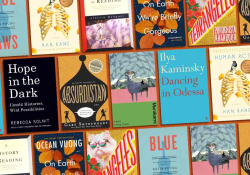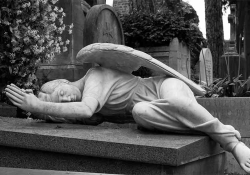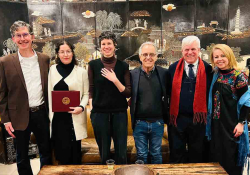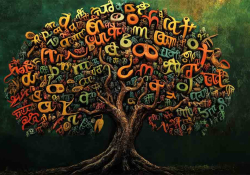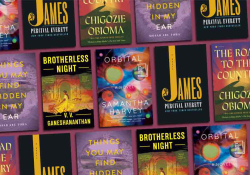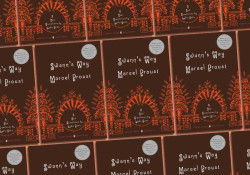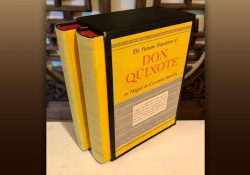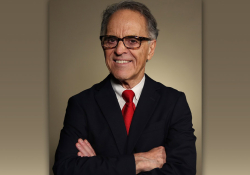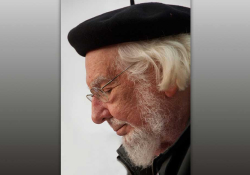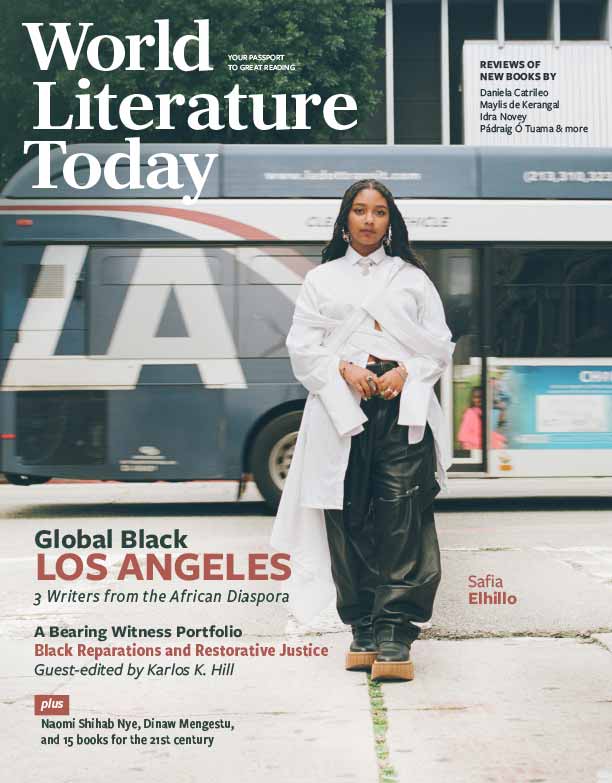25 Years Ago in These Pages
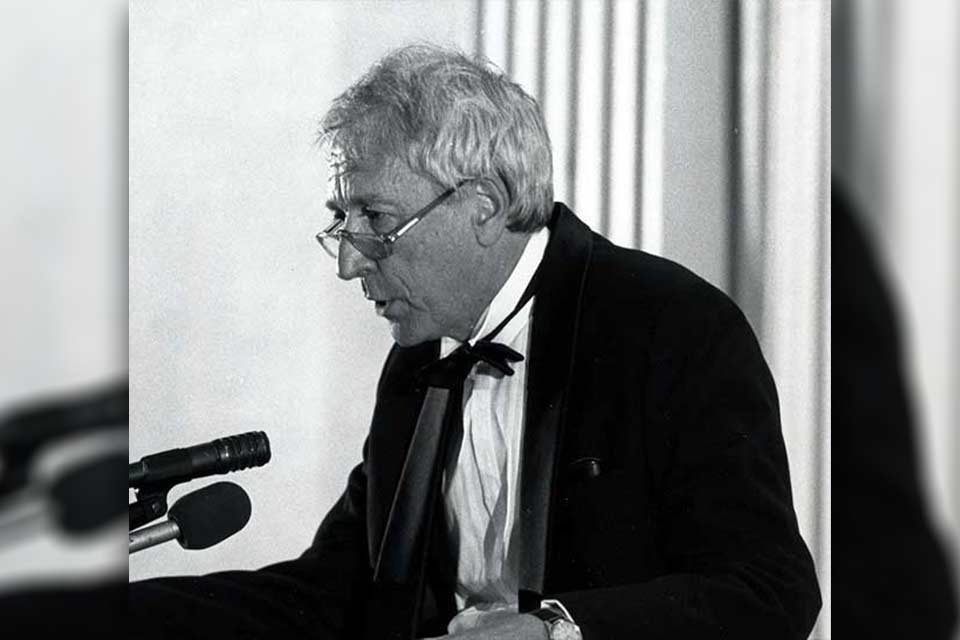
A Review of Tomas Tranströmer’s Tolkningar (Bonniers, 1999)
“When Tomas Tranströmer (1931–2015), one of Sweden’s most prolific poets of the twentieth century, was awarded the prestigious Neustadt International Prize for Literature in 1990, he stated in his speech of thanks that even an original poem is a translation or manifestation of an invisible text behind the layers of our conventional language. Thus any attempt at rendering a poem in a foreign language becomes an additional attempt at creating the original poem anew. Translations can never be word-by-word renderings of a given text but must be interpretations (as the Swedish title reads). . . . About the same time as Tranströmer published his first book in 1954, he began to translate a number of Greek poets, among them the later Nobel Prize laureate Odysseus Elytis. He also translated the German poets Karl Krolow and Helmut Heißenbüttel; texts by W. H. Auden, Robert Lowell, Robin Fulton, Boris Pasternak, James Wright, W. S. Merwin, and Robert Bly; and the Hungarian poets Gyula Illyés, Sándor Weöres, and János Pilinszky. . . . The texts are not basic word-by-word translations but congenial re-creations in their own right, which not only let them stand out with their own distinctive characteristics but also let them appear with an unmistakable Tranströmerian diction—and precisely this feature has certainly not diminished their quality.”
—Sven H. Rossel, World Literature Today 74, no. 1 (2000): 253

